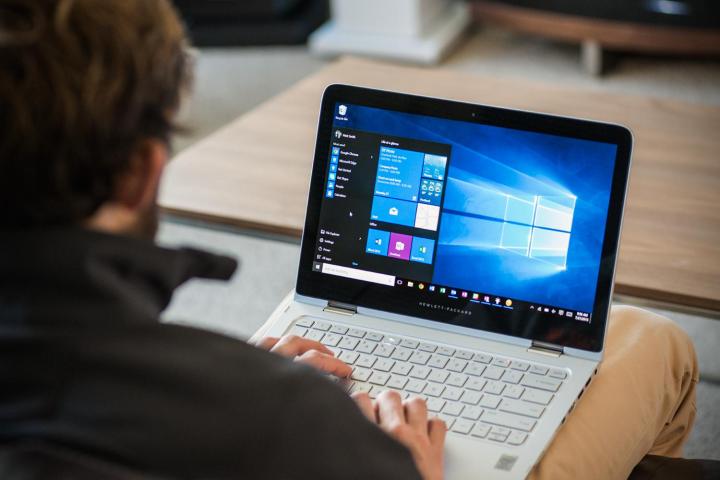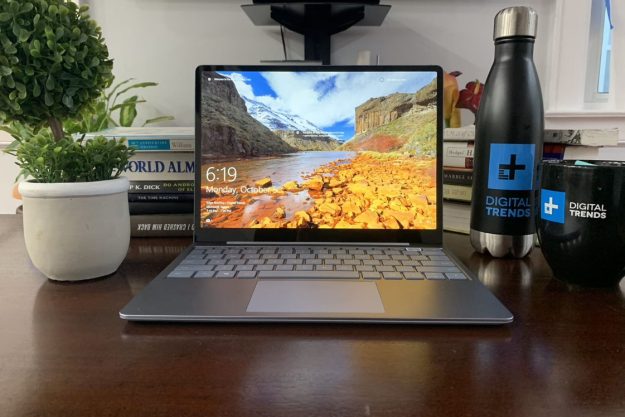
The roadmap organizes projects into linear categories; features that have recently been made available, those that are currently in public preview via schemes like the Insider program, and functionality currently in active development. Assuming that it will continue to be updated regularly, it seems like a great resource for anyone looking out for certain additions to Windows 10.
Currently, the “in development” section is largely populated with tweaks and features that we’ve known about for some time. Security is as always a concern, and sees the new Windows Defender Advanced Threat Protection service being put together, as well as improvements to Microsoft Passport, and more ways to use a device to unlock your PC.
It seems that Continuum is another priority for Microsoft, as phones compatible with the feature will soon act as a touch input device when connected to a touch-enabled monitor. Support for the use of Continuum with laptop shell accessories for smartphones, and for projection from phones to monitors connected to Windows 10 PCs, is in the pipeline.
Meanwhile, there are plenty of other projects bubbling away, including Windows Ink, casting from one PC to another, the addition of Web notifications to the Edge browser, and picture-in-picture support to name a few.
Of course, the biggest caveat relating to the information Microsoft is sharing with customers is that these plans are subject to change without notice at any time. Despite being empty as of the time of writing, there is a “canceled” section waiting to receive features that won’t see the light of day — and, given the realities of developing an OS as far-reaching as Windows 10, we’ll no doubt see projects meet that fate before too long.
Editors' Recommendations
- Windows 11 might nag you about AI requirements soon
- You’re going to hate the latest change to Windows 11
- The most common Windows 11 problems and how to fix them
- Microsoft finds a sneaky way to slip more ads into Windows
- Microsoft announces a new threat to push people to Windows 11


